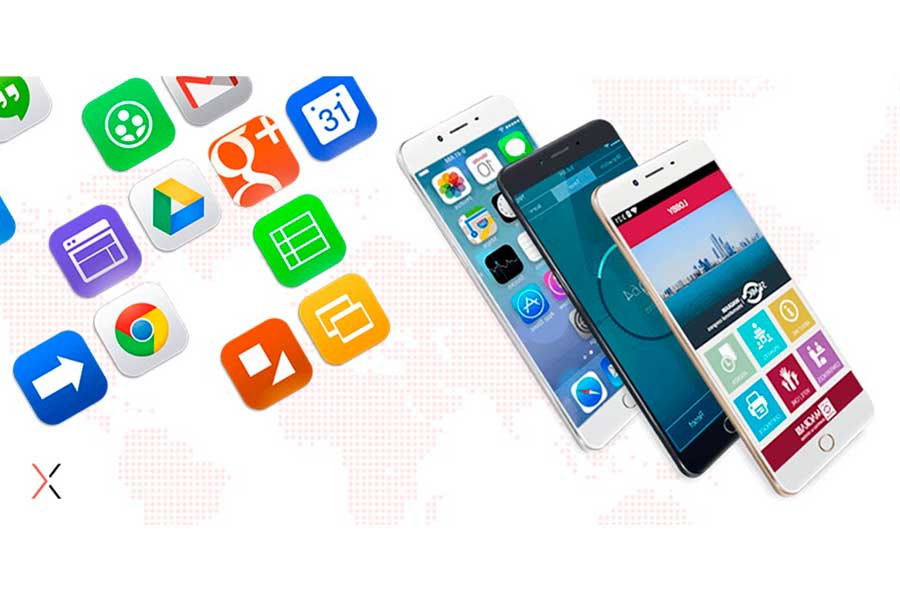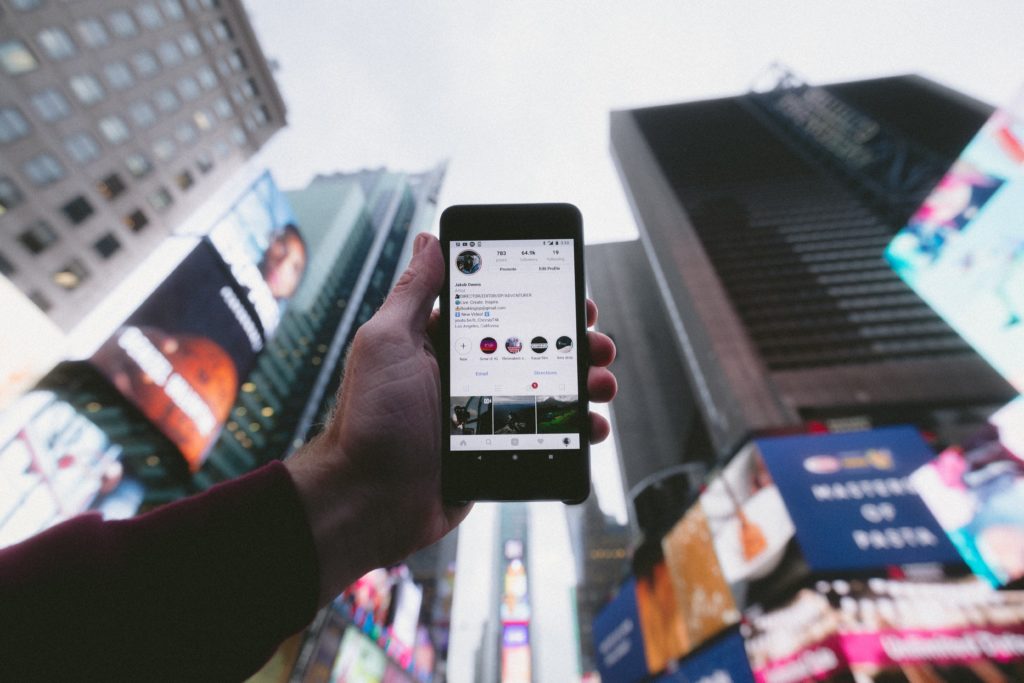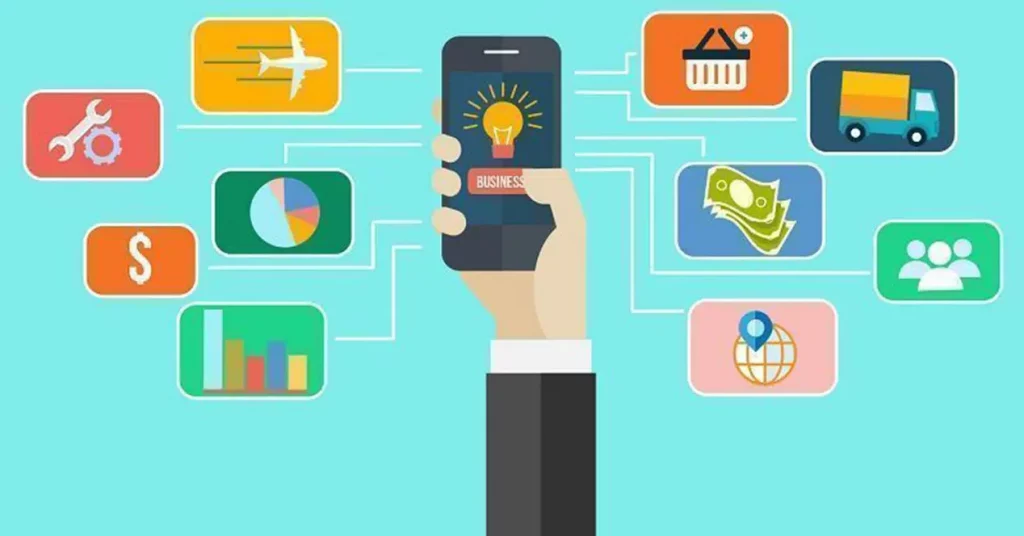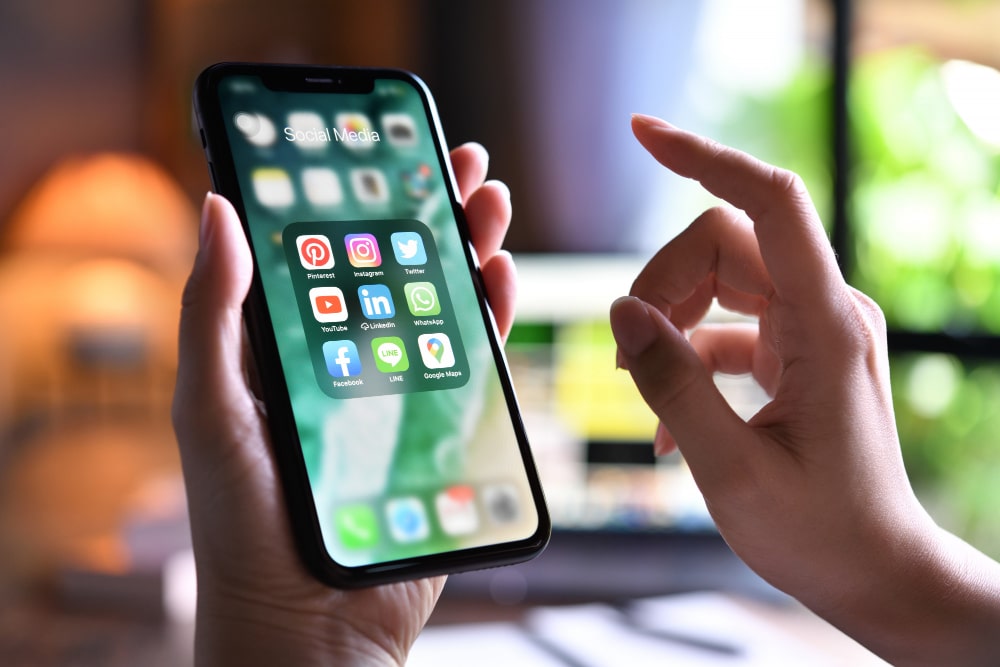
Revenue from mobile apps more than doubles every year. Despite this growth scenario, making a mobile app profitable is not an easy task. In this article we present the three business models of mobile applications.
“Initially, mobile apps gravitated towards the advertising model because it worked well with the open internet, but that’s now changing at a rapid pace and subscriptions are becoming the defacto mobile for some of the most successful apps in the apple ecosystem” said Simon Vielma, Bidwise founder and CEO.
According to a study published by startapp, the total revenue derived from mobile applications was 30 billion dollars last year 2012. The most surprising of all is that 89% of that revenue comes from free applications, and only the pyrrhic figure 11% comes from paid apps.

Where exactly does mobile app revenue come from? Mobile applications can be classified, according to their business model, into 3 types.

1- Payment application or "Premium"
The user downloads the application on his device after paying the price established by the developer. Depending on the platform, app stores set price ranges that developers select as the retail price. In the case of Apple, the developer / owner of the application corresponds to 70% of the income obtained per download.
2- Free application
The user downloads the application without paying any money. This business model is very common due to the lack of willingness of some Internet users to download paid content. A very curious fact is that in the Android application store (Google Play) about 90% of the applications that are downloaded are free.
The monetization of this type of application is usually through the insertion of advertising, it is usually a banner located at the top or bottom of the screen. The disadvantage of this type of mobile application is that these ads are usually very annoying for the user, since they make navigation difficult and slow down the operation of the app.
3- Free application with additional paid content or "Freemium"
A business model that is spreading with more power is a hybrid between the two previous options. The user downloads the application without spending any amount of money, but has limited access to the content of the application

Monetization can be sought through two simultaneous methods: income generated by the payment to unlock the additional content (purchase of content from the application or In-App Purchase) and by the impressions generated by advertising. In this case, at the time a user makes a purchase, ads must be disabled on their device.
If you are going to order a mobile application, you will have to analyze what objective you intend with the construction of it, for a clear time, choose one of these 3 business models.